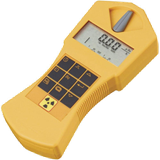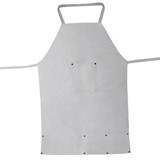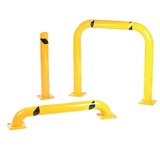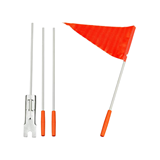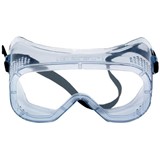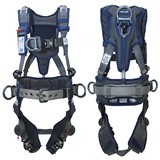Gas detection instrumentation involves two different procedures to make sure instruments are accurate and safe to use.
Calibration is the process of applying a known concentration of calibration gas to an instrument which will be used to adjust the instrument in order for it to be read accurately.
Bump testing, also known as challenge testing, response testing and function testing, is the process of applying a calibration gas to an instrument to work out if the instrument responds to the gas and to determine if the alarms turn on.
"Bump testing should be done prior to use. It provides the user with confidence that the instrument will respond to a gas and the functions of the instrument are working correctly," Greg Shires, Managing Director of CAC Gas & Instrumentation said.
There are common mistakes people make with gas calibration. One is not testing their instrument before using it.
"Gas detection instruments are life saving devices – they are not toys. The only way to be sure that the instrument will respond to gas in the workplace is to test it to calibration gas prior to use," Shires said.
"There are no other methods to achieve this result, and if this is not done prior to use, the user is putting workers at risk."
Another mistake is using a cylinder of gas that is too small for their annual requirements. Many users purchase a smaller cylinder of gas because is costs less. But Shires says it doesn’t always work out cheaper.
"Calibration gas costs range from $8.00 per litre to as low as 80 cents per litre, depending on the size of the cylinder. People spend a lot of time trying to find the cheapest petrol for their vehicle, but don’t do the same analysis for their calibration gas consumption," he said.
To help users calculate costs more efficiently, CAC Gas has a gas calculator to work out how much gas a user would consume.
People can also make the mistake of not using the correct tubing or regulator material. Corrosive gases like chlorine and ammonia require the use of stainless steel regulators.
"Brass regulators will absorb the gases and will corrode when used with these and many other corrosive gases. Tubing must be PTFE (teflon) or similar material for these gases," Shires said.
"Using standard tubing will cause inaccurate readings as the gas is adsorbed onto the tubing."
Shires advises valves on disposable cylinders should also be taken off cylinders when they aren’t being used to minimise the risk of leakage. Users also need to screw the cylinder onto the regulator for maximum safety.
He has six tips for dealing with gas calibration:
- Make sure all employees are trained in the correct use of their instrument and why they should want to bump test and/or calibrate their instrument.
- Never use calibration gas that is out of date for the calibration of an instrument.
- Make sure the calibration gas is the correct concentration for your application.
- Select the combustible gas that is the best choice for your application.
- Make sure you use the correct tubing and regulator for corrosive gases.
- Analyse your annual gas consumption to minimise your costs with the right size cylinder for your requirements.
There are also misconceptions about gas calibration which users need to be aware of.
One is gases can be mixed in the same cylinder.
"Most corrosive gases – chlorine, ammonia, nitrogen dioxide, hydrogen cyanide and others – cannot be mixed together," Shires said.
Another misconception is all gases compress the same. A gas such as methane is a permanent gas and compresses very well. However, gases such as carbon dioxide, pentane and hexane do not compress as well and as a result, the gas volume in the same size cylinder can be considerably less.
"The same size cylinder will hold different gas volumes dependant upon the calibration gas selected and concentration required," Shires said.
Although standards for gas detection instruments and calibration gas have been
harmonised through the ISO accreditation system, Shires says Australia needs to improve its standards to include a requirement for the frequency calibration and bump testing for occupational health and safety instruments.
"Current standards including Confined Space AS 2865-2009, AS 60079 and the Safe Work Australia new draft Code of Practice Confined Spaces make recommendations and refer to manufacturers recommendations. This is not sufficient, if Australia wants to lead the world in best practice," he said.


